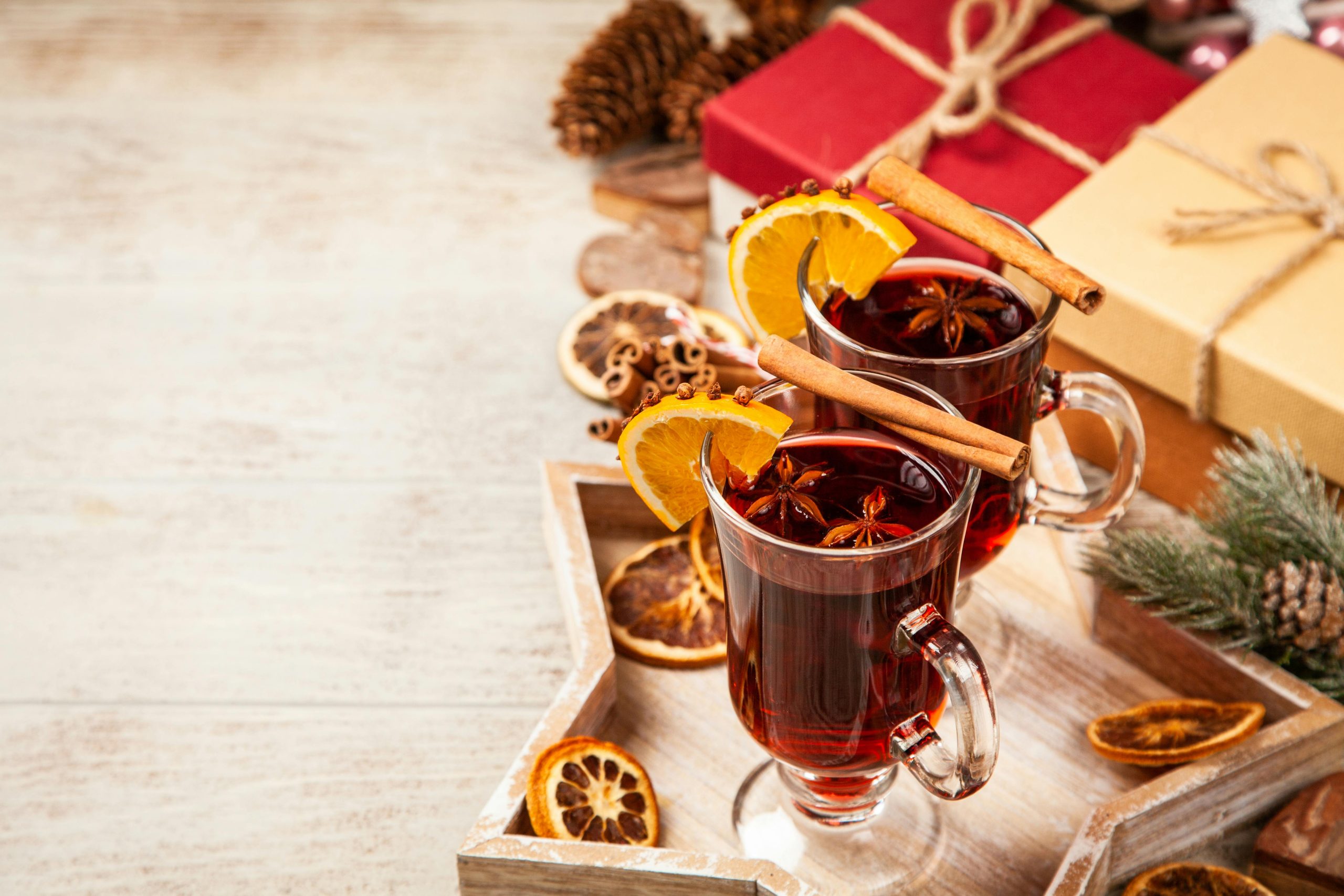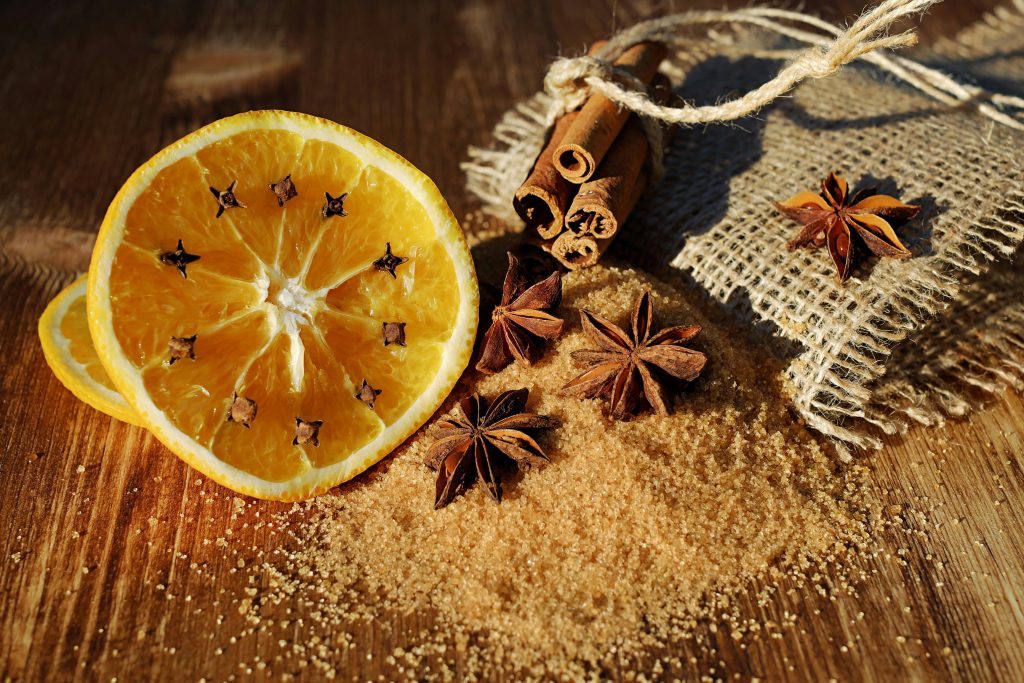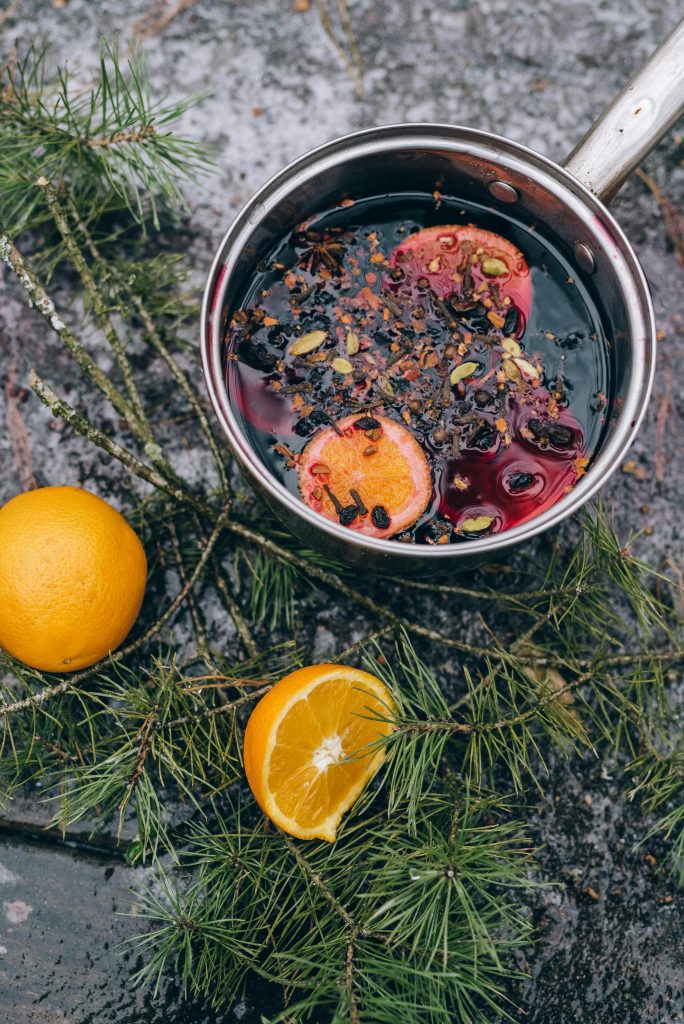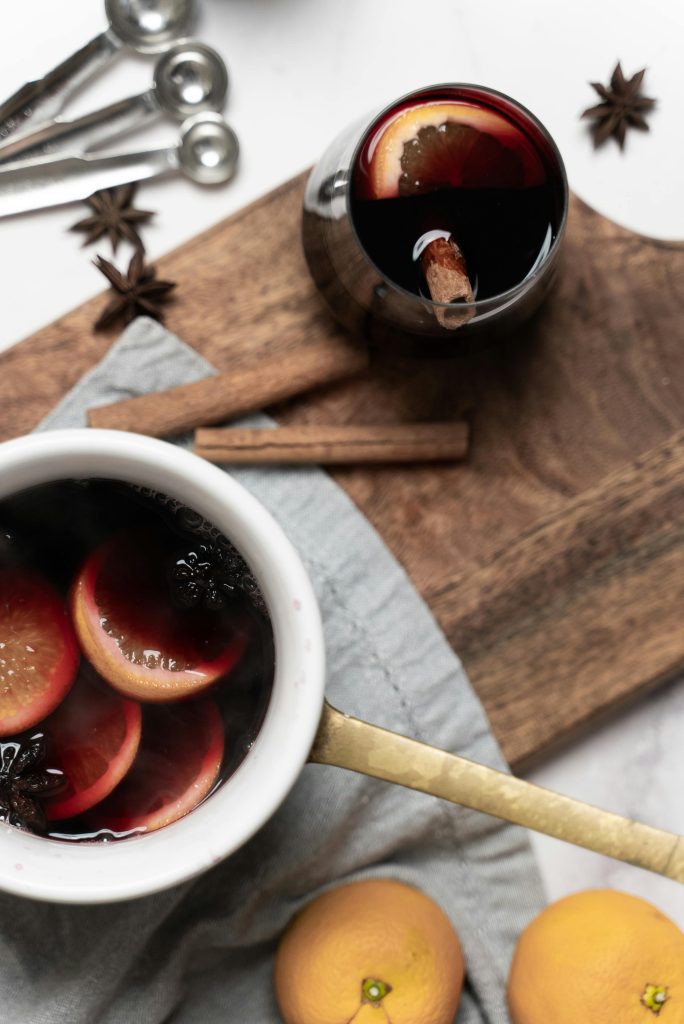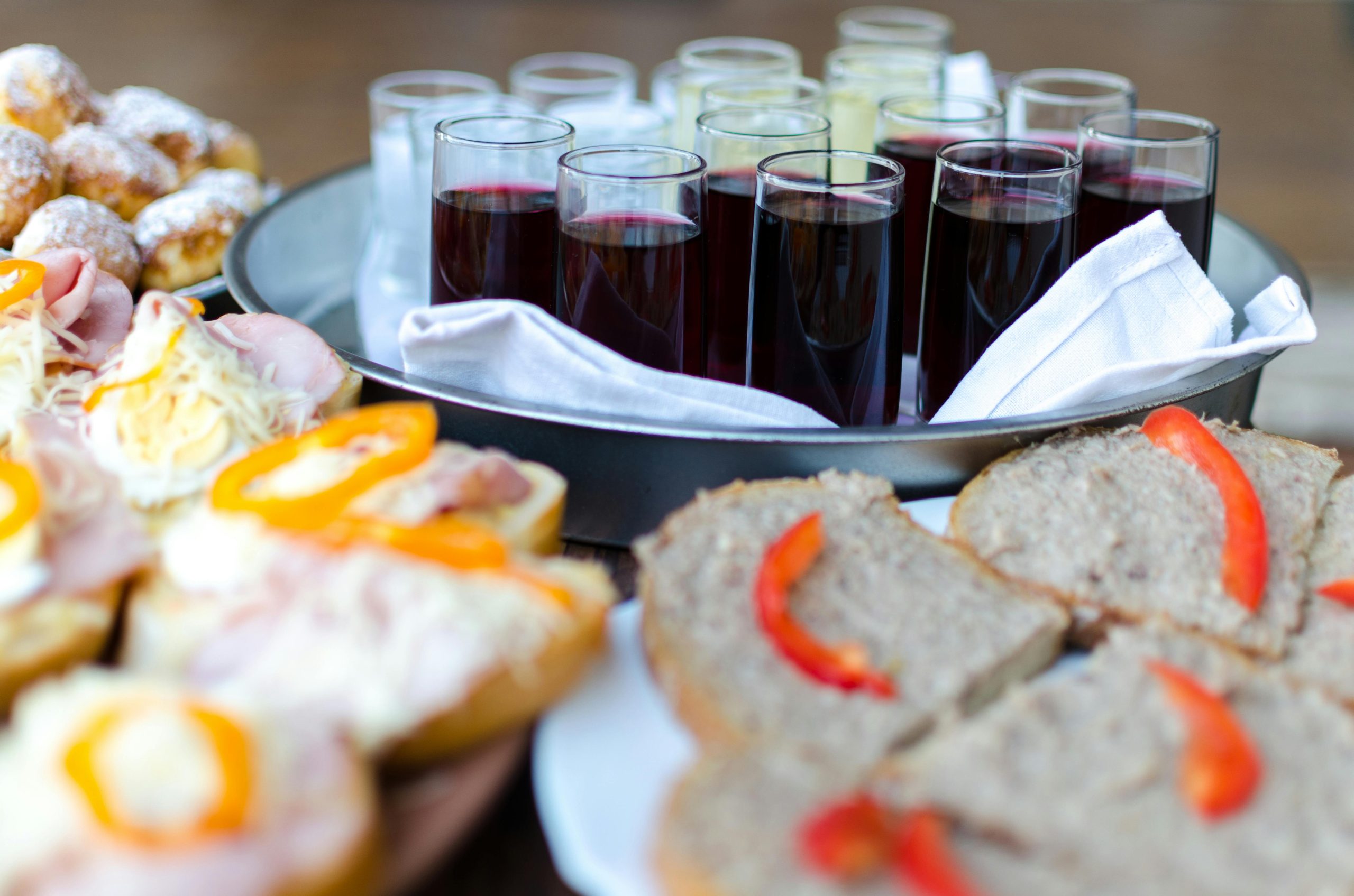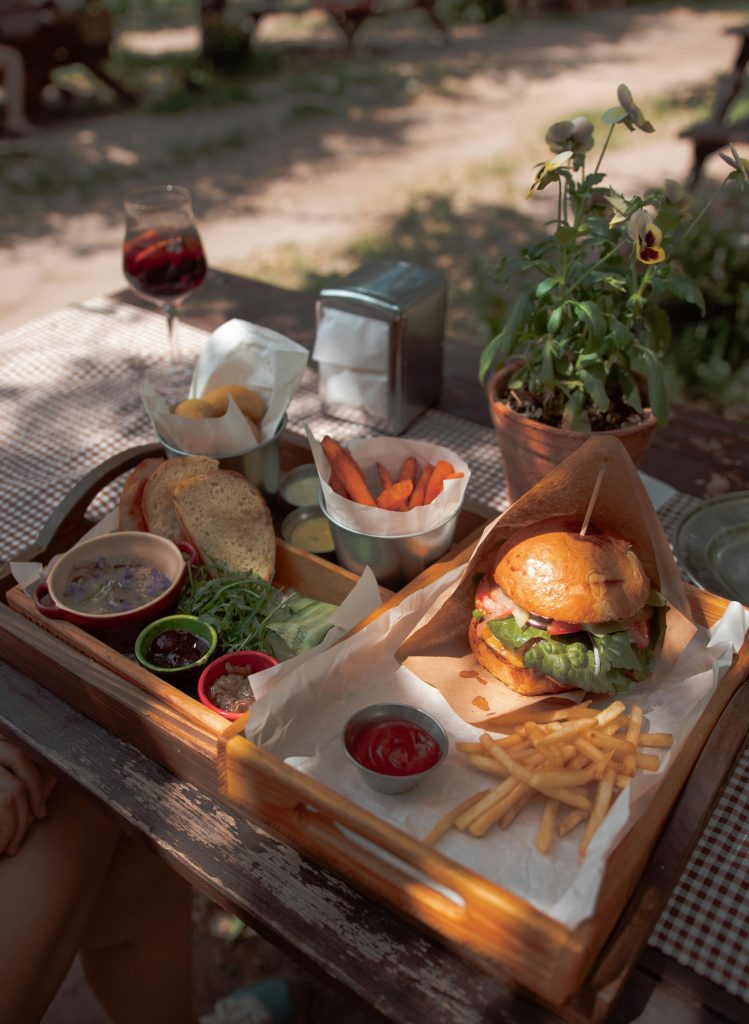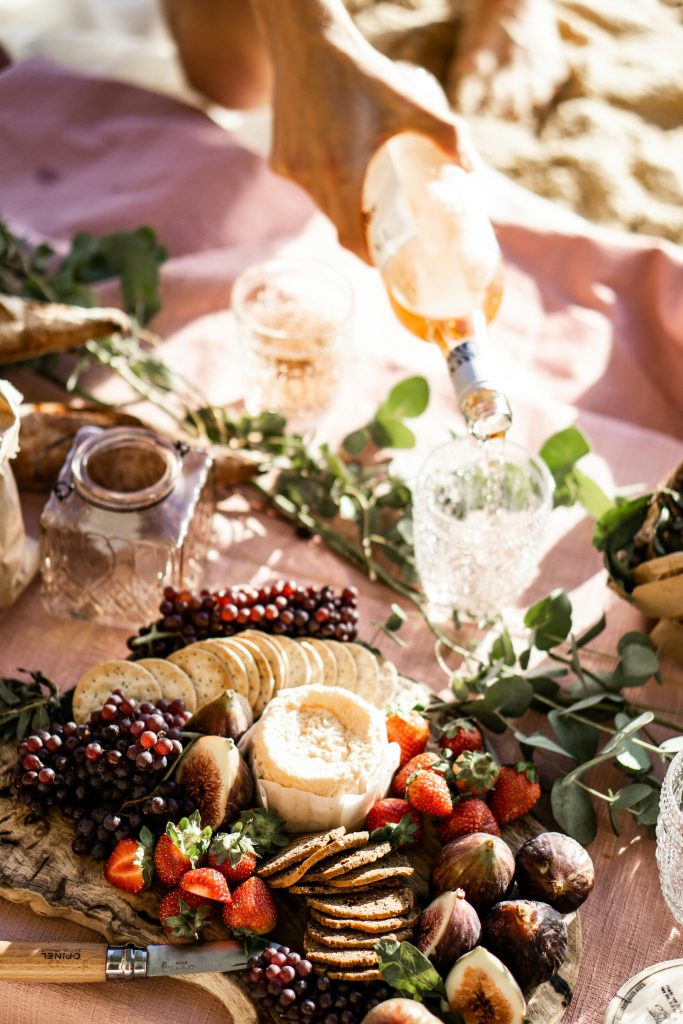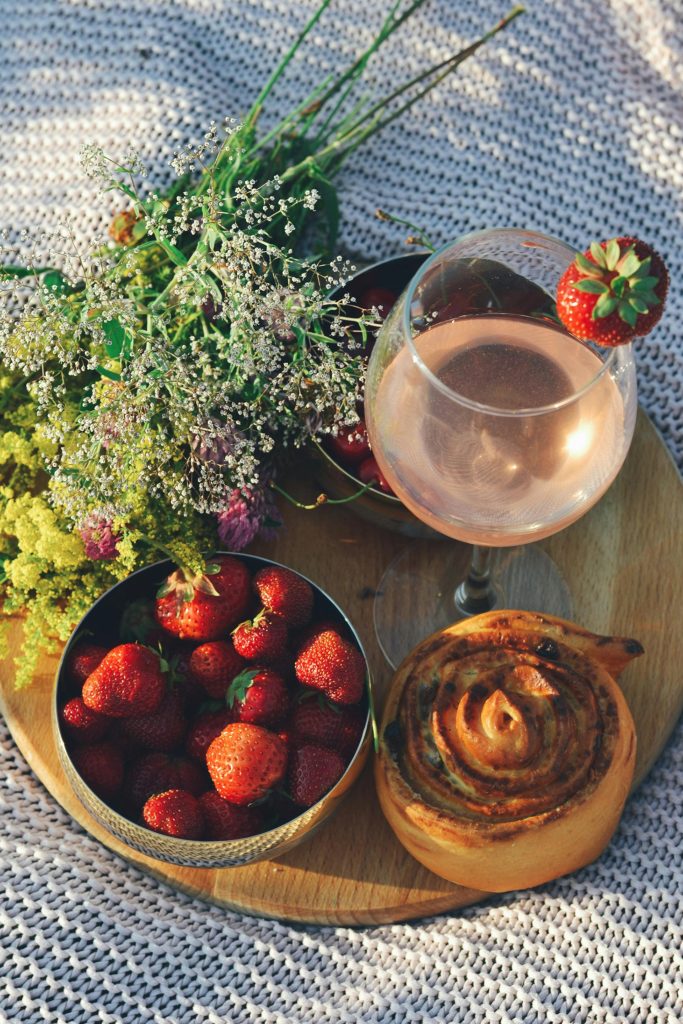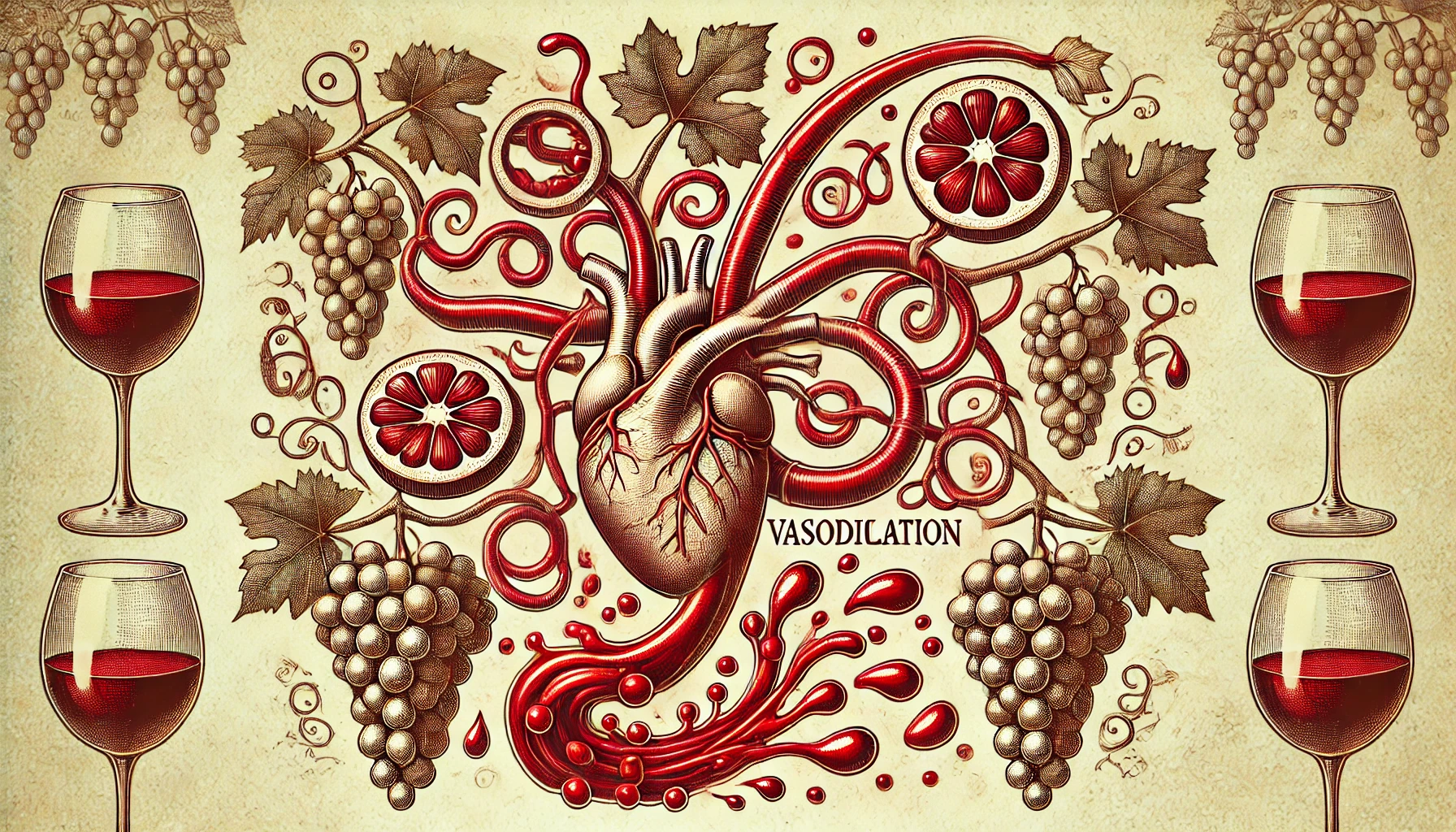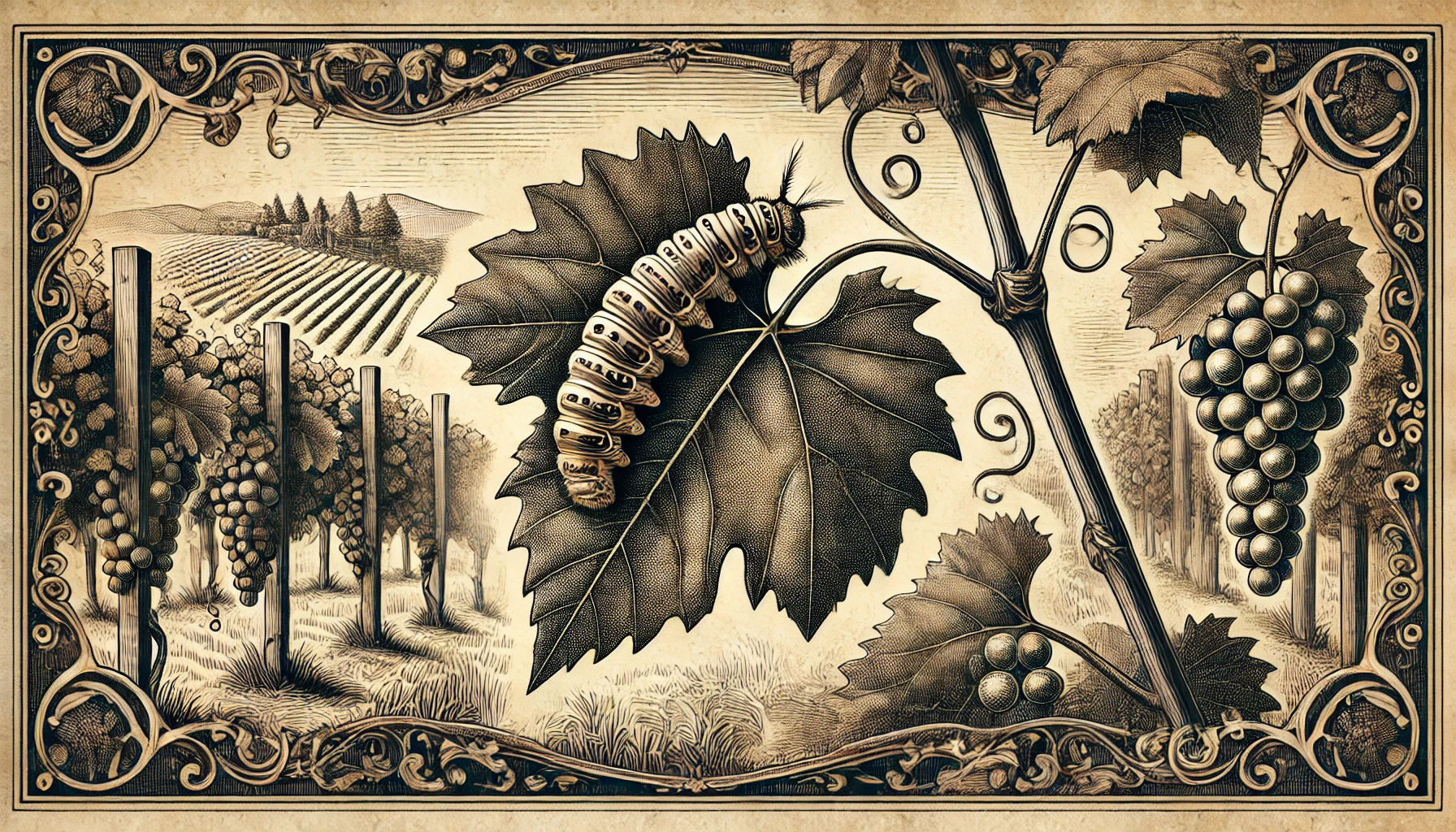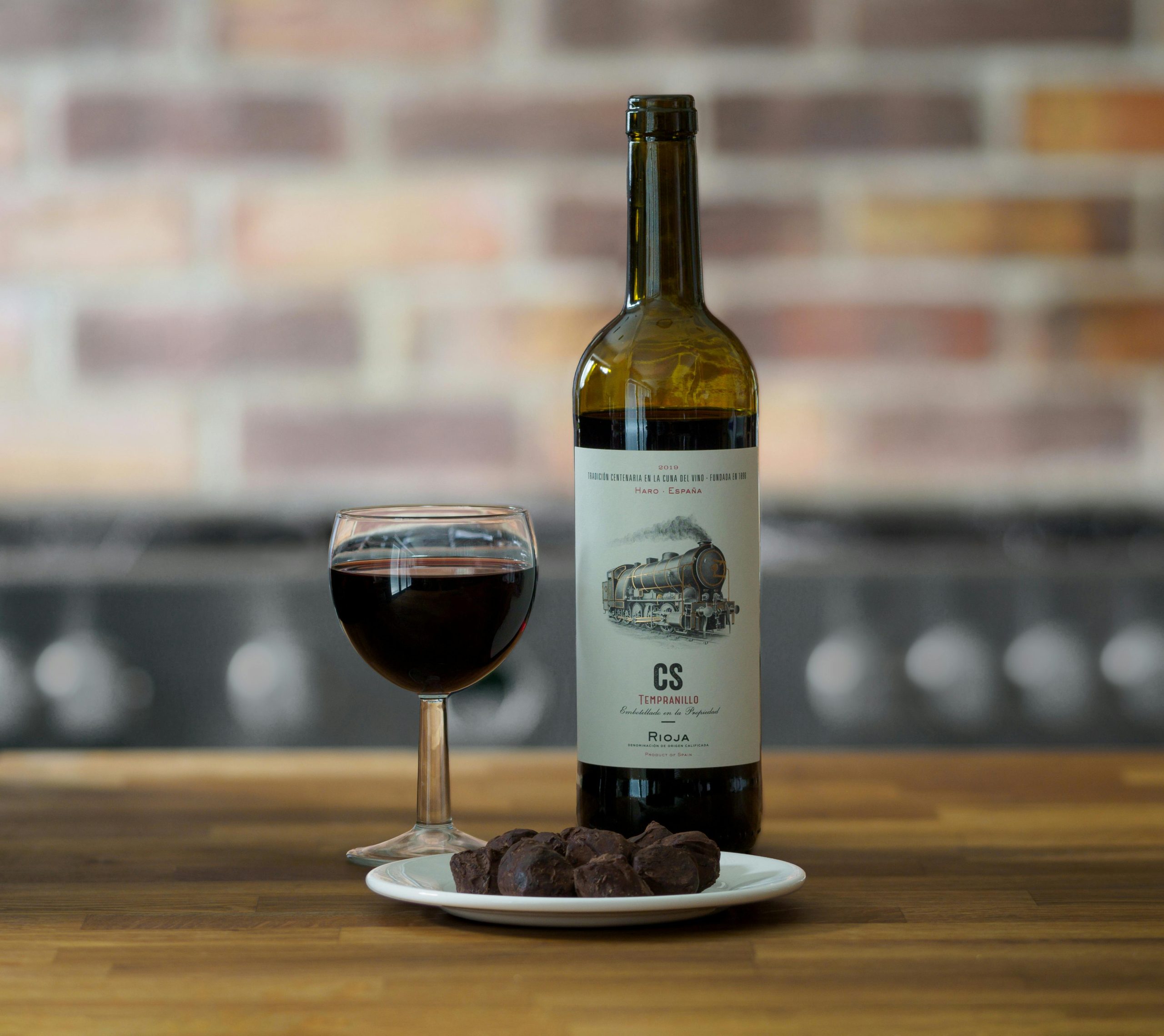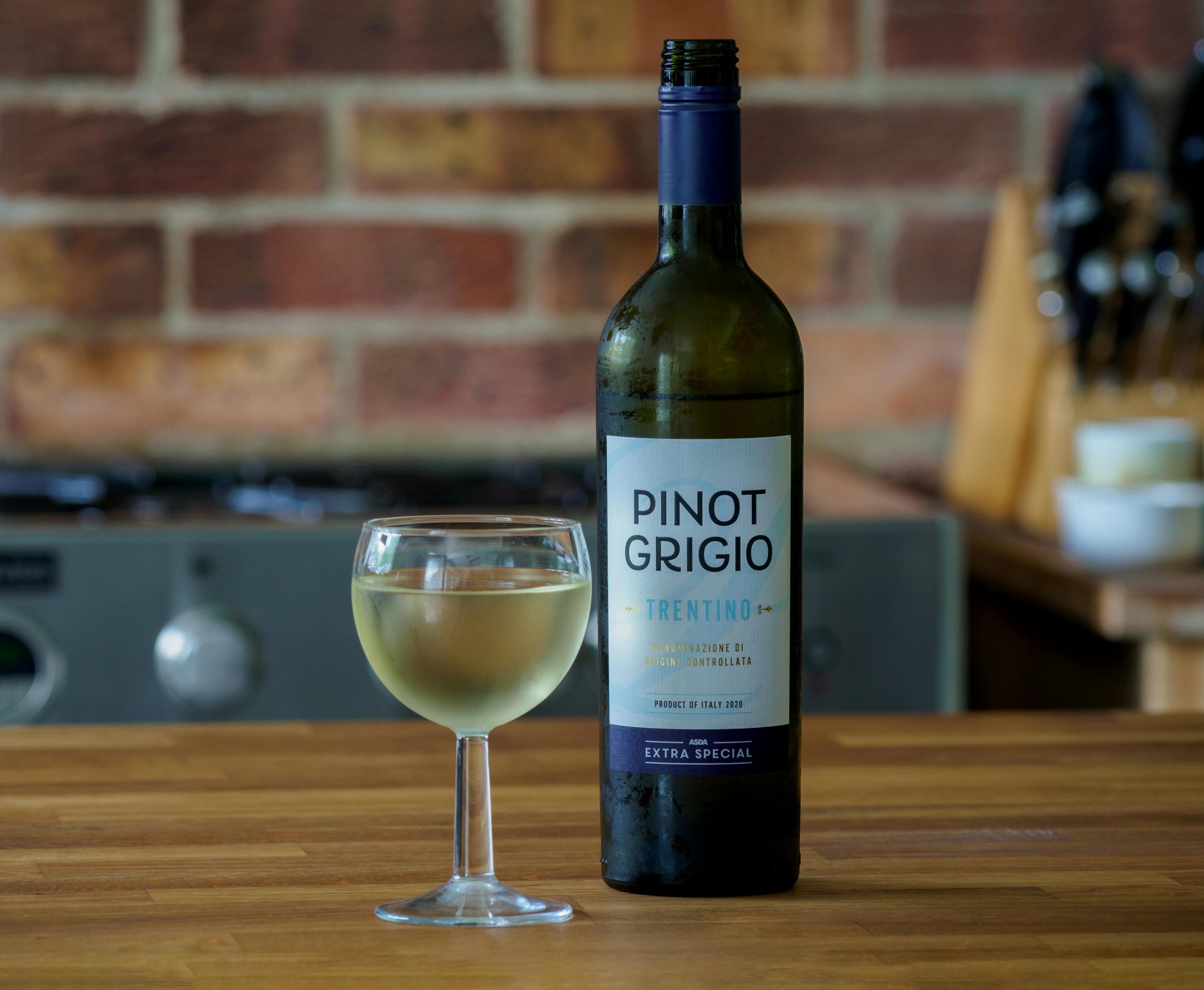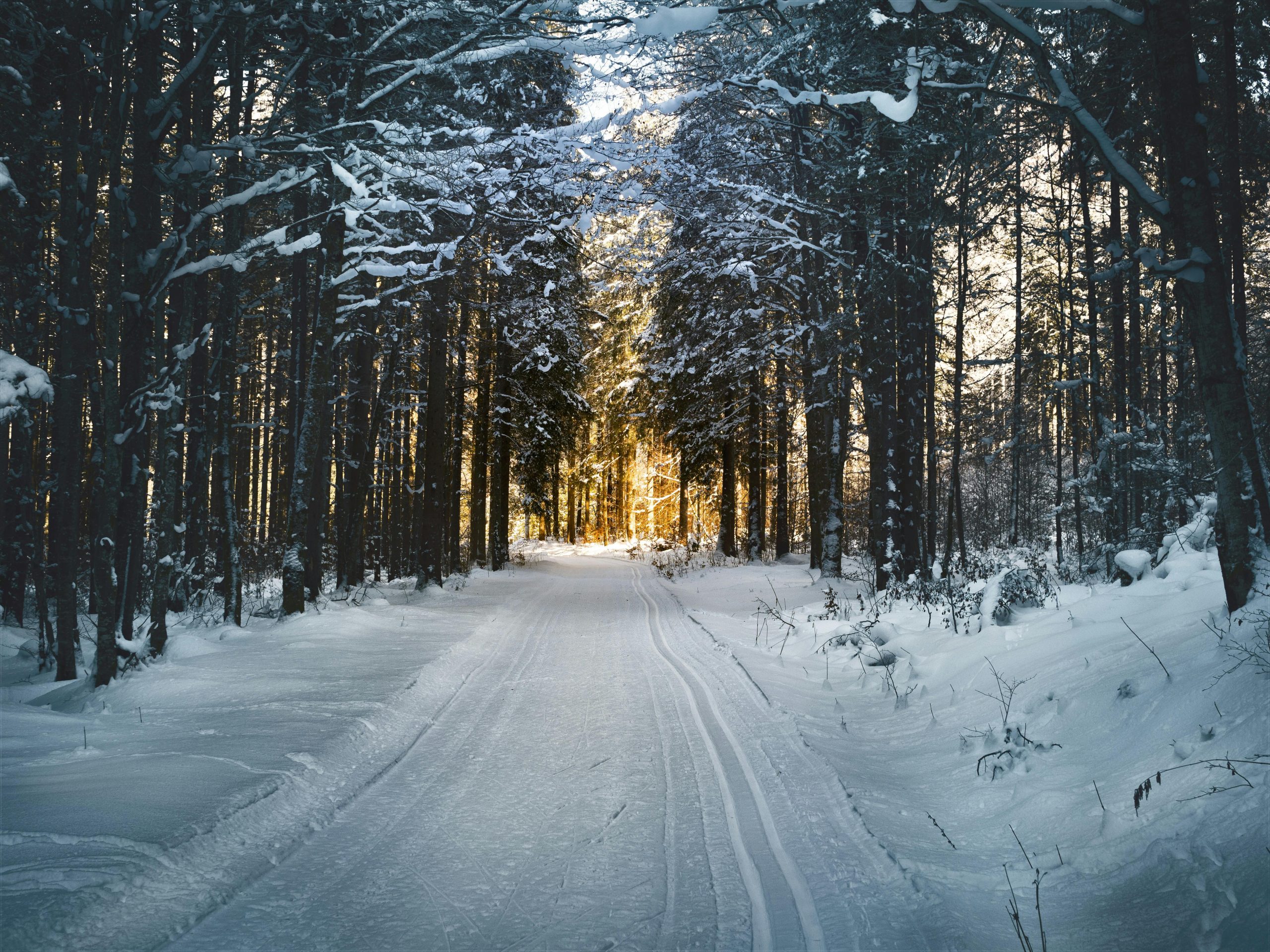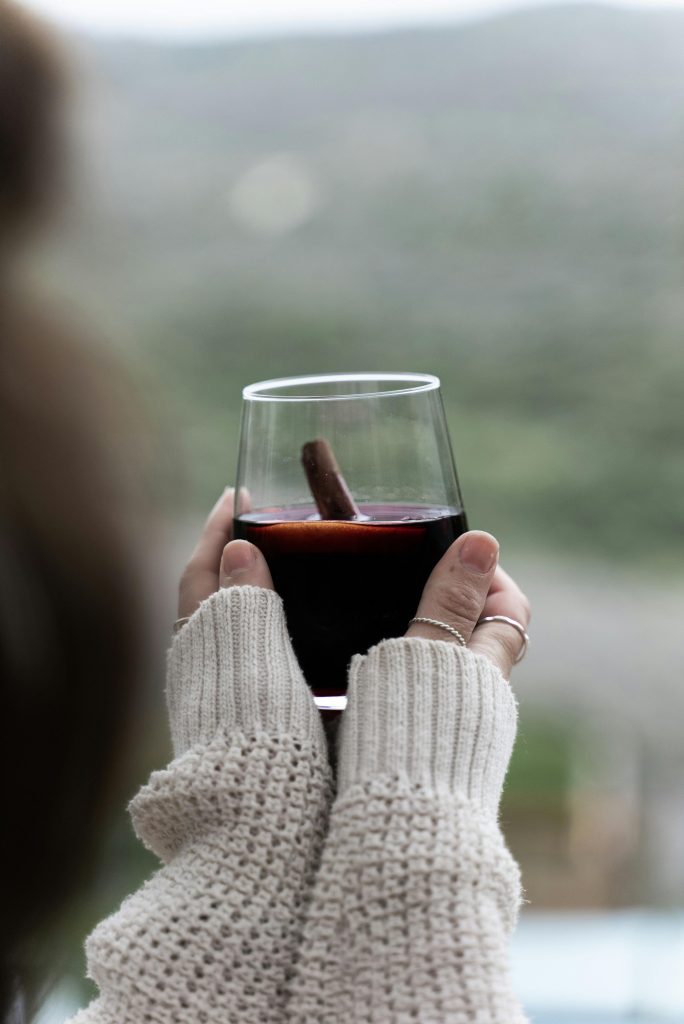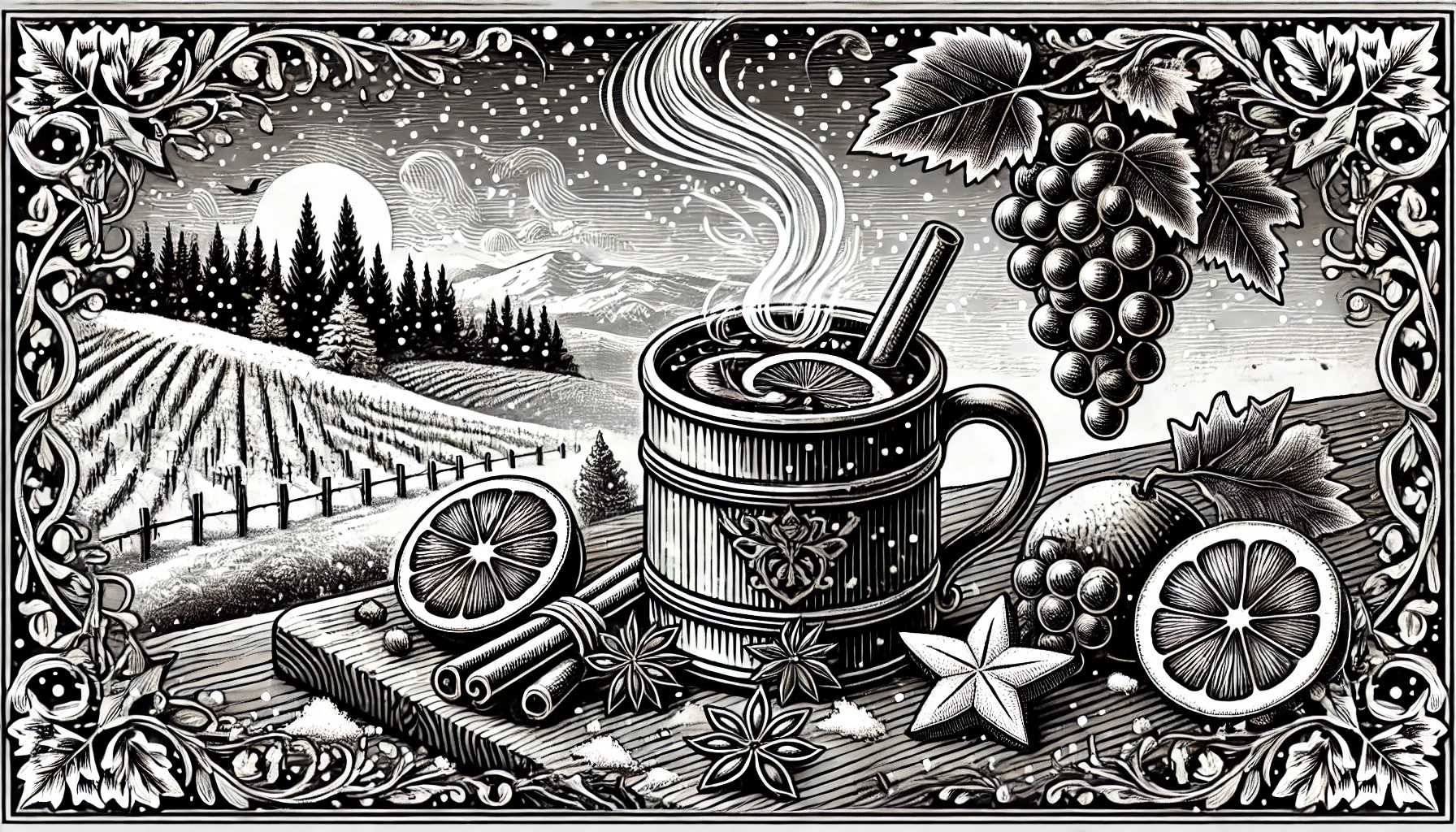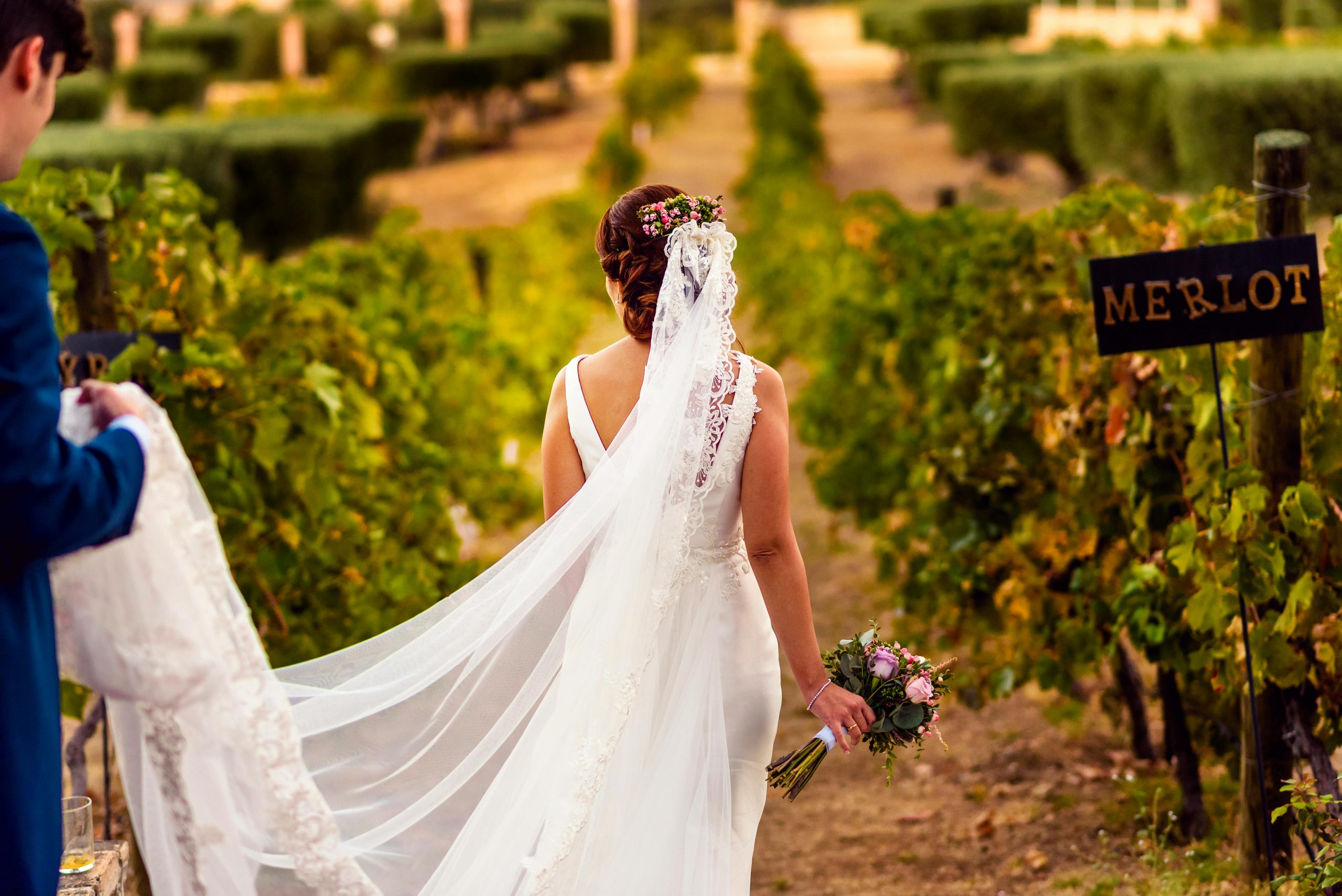
When it comes to choosing the perfect wedding venue, couples today are looking for something more than just a beautiful setting. They want a location that’s unique, romantic, and offers a memorable experience for both them and their guests. Enter the vineyard wedding—a dreamy blend of nature, elegance, and, of course, wine. But what exactly makes a vineyard wedding so special? Let’s explore the reasons why more couples are saying “I do” surrounded by rows of grapevines.
1. The Natural Beauty of the Vineyard
There’s no denying the natural allure of a vineyard. Imagine rows upon rows of grapevines stretching out into the horizon, framed by rolling hills or mountains in the background. The vibrant green leaves, the rich colors of ripening grapes, and the wide-open skies create a picturesque setting that feels like it’s straight out of a fairytale.

Unlike traditional wedding venues, which often require heavy decoration, a vineyard is already a stunning backdrop. The natural beauty of the vines, the landscape, and even the rustic charm of wine barrels and cellars make decorating almost effortless. Whether it’s a summer wedding bathed in golden sunlight or a fall ceremony with the vines turning rich shades of red and orange, the vineyard’s surroundings transform with the seasons, adding an ever-changing beauty to your big day.
Bonus: You don’t need to worry about finding that perfect Instagram shot—the vineyard does all the work for you!
2. A Romantic Atmosphere
Weddings are all about romance, and there’s something inherently romantic about a vineyard. Maybe it’s the idea of love growing and blossoming like the grapes on the vine, or maybe it’s the serene, intimate vibe that vineyards tend to have. Either way, vineyard weddings ooze romance.
Picture yourself walking down a vine-lined aisle or exchanging vows under a trellis draped in flowers with the sun setting behind you. Add a gentle breeze and the soft clinking of glasses in the background, and you’ve got the perfect romantic setting. The combination of nature and wine gives off an old-world charm that’s hard to beat.
Plus, vineyards are often tucked away in more rural, tranquil areas, offering privacy and seclusion. This adds to the intimate, romantic feel of the event, allowing you and your guests to escape the hustle and bustle of everyday life for a day that’s entirely dedicated to love and celebration.

3. Wine, Glorious Wine!
It wouldn’t be a vineyard wedding without the star of the show—wine! If you and your partner are wine lovers, there’s no better place to celebrate your love than surrounded by the very vines that produce your favorite drink. Many vineyards offer wine tastings, custom wine labels, and even the option to serve wines made right there on the estate.
The wine itself can play a big role in the celebration. You can work with the vineyard’s sommelier to select the perfect wines to pair with your wedding menu. Imagine sipping a crisp Chardonnay during cocktail hour, followed by a robust Cabernet Sauvignon to complement the main course, all while knowing the wine was crafted just steps away from where you’re celebrating.
Some couples even choose to incorporate wine into their ceremony—whether it’s a wine unity ritual (where you blend two wines together to symbolize the blending of your lives) or simply toasting with a special vintage after saying “I do.” Wine becomes more than just a drink; it becomes a meaningful part of your wedding story.
4. Rustic Elegance: The Perfect Balance
One of the best things about vineyard weddings is the balance of rustic charm and elegance. Vineyards are naturally beautiful and earthy, giving off a relaxed, informal vibe. At the same time, they exude elegance—whether it’s the sweeping landscapes, the sophisticated wines, or the historic architecture of the winery itself.
This blend of rustic and refined allows you to create a wedding that feels both laid-back and luxurious. You can opt for casual, outdoor seating surrounded by vines, or host an elegant dinner in a wine cellar lit by chandeliers. The flexibility of vineyard venues makes them perfect for couples who want a little bit of both worlds—comfort and sophistication.
Plus, many vineyards come with built-in features that can save you on wedding costs, like charming wine barrels that double as cocktail tables, or antique wine crates that can be used for decorations or displays. It’s a setting that’s rich in character, with just the right touch of class.
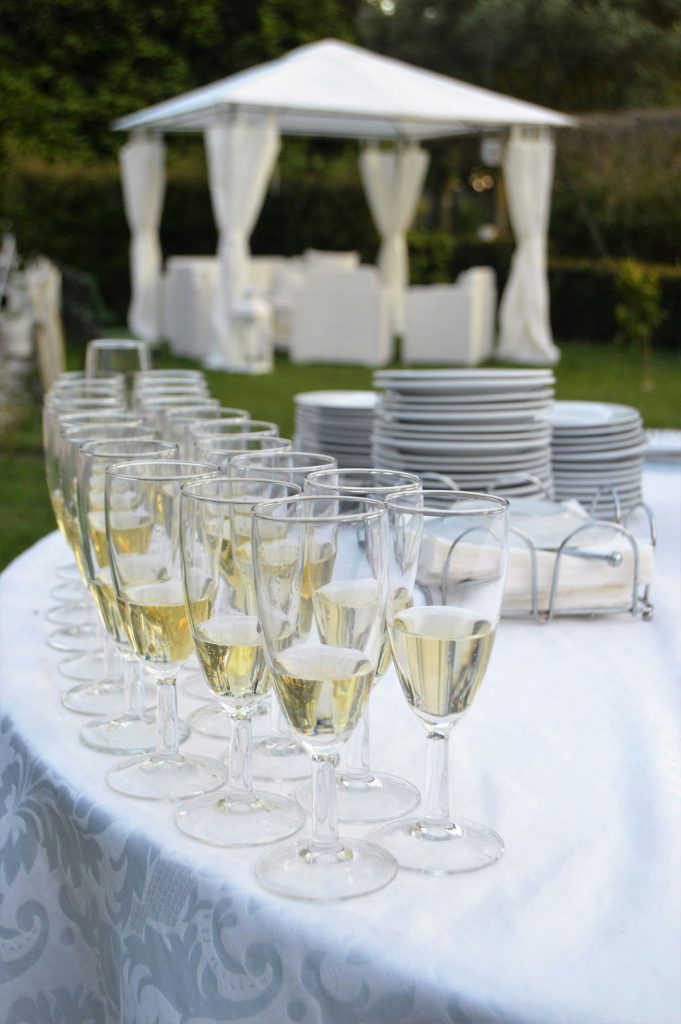
5. Incredible Photo Opportunities
Vineyards offer some of the most stunning photo opportunities of any wedding venue. With expansive rows of grapevines, scenic views, and gorgeous natural light, every shot looks like it belongs in a magazine. From candid moments among the vines to romantic sunset portraits, the vineyard setting adds a timeless, ethereal quality to your wedding photos.
And it’s not just the vineyard itself. Many wineries have unique architectural features like stone walls, wine cellars, or vintage barns that make for beautiful backdrops. The combination of nature and craftsmanship makes it easy for your photographer to capture both intimate moments and grand, sweeping shots.
For couples who want their wedding album to be filled with picturesque, storybook scenes, a vineyard provides endless opportunities to get creative with your photos.
6. A Multi-Day Celebration
Another perk of vineyard weddings is that many vineyards offer on-site accommodations. This is allowing you to extend the celebration beyond just the wedding day. You and your guests can make a weekend out of it, staying in charming guesthouses or cottages located right on the vineyard property.
Imagine starting your wedding weekend with a wine tasting or vineyard tour, followed by a rehearsal dinner overlooking the vines. The day after the wedding, you can relax with a leisurely brunch, surrounded by the beauty of the vineyard, without having to rush off.
This turns your wedding into more than just a one-day event—it becomes an entire experience, one that you and your guests will remember for years to come. It’s the perfect way to spend quality time with loved ones and fully immerse yourself in the magic of the vineyard.
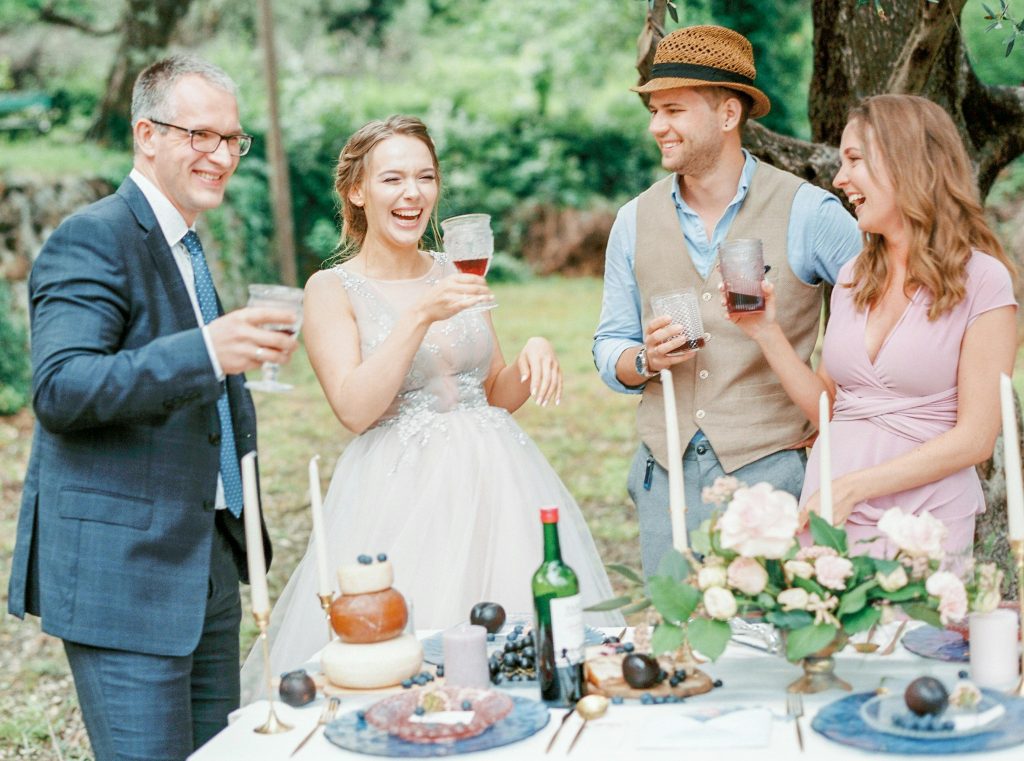
7. Seasonal Perks and Flexibility
Vineyards offer flexibility when it comes to timing your wedding. Each season brings its own unique beauty to the vineyard, and you can plan your event around the time of year that resonates most with you.
- Spring: The vines are just beginning to bud, and the vineyard is alive with fresh green growth. Spring weddings feel light, airy, and full of renewal.
- Summer: This is peak growing season, with the vines lush and full. The warm weather and long daylight hours make it the perfect time for an outdoor celebration.
- Fall: Harvest season! The leaves are changing colors, and the vineyard is bursting with ripe grapes ready for picking. Fall brings a rich, vibrant energy to the vineyard, making it a popular choice for weddings.
- Winter: For a more intimate, cozy vibe, winter weddings in a vineyard offer a romantic, rustic feel. The bare vines and crisp air add a serene, magical quality. Probably, you’re exchanging vows indoors by a roaring fireplace.
Each season brings something special to a vineyard wedding. So, no matter when you plan to tie the knot, you’ll have a beautiful, natural backdrop.
8. A True Escape for Your Guests
One of the things that makes vineyard weddings so special is the sense of escape they provide. Many vineyards are located in rural areas, away from the noise and busyness of city life. For your guests, attending a vineyard wedding feels like a mini-vacation. It’s a chance to unwind, relax, and enjoy a day (or weekend) surrounded by nature.
Vineyard weddings often encourage a slower pace. So, guests can stroll through the vines, sip wine, and take in the scenery. It’s an immersive experience that goes beyond just attending a wedding—it’s about enjoying the moment and creating lasting memories in a peaceful, idyllic setting.
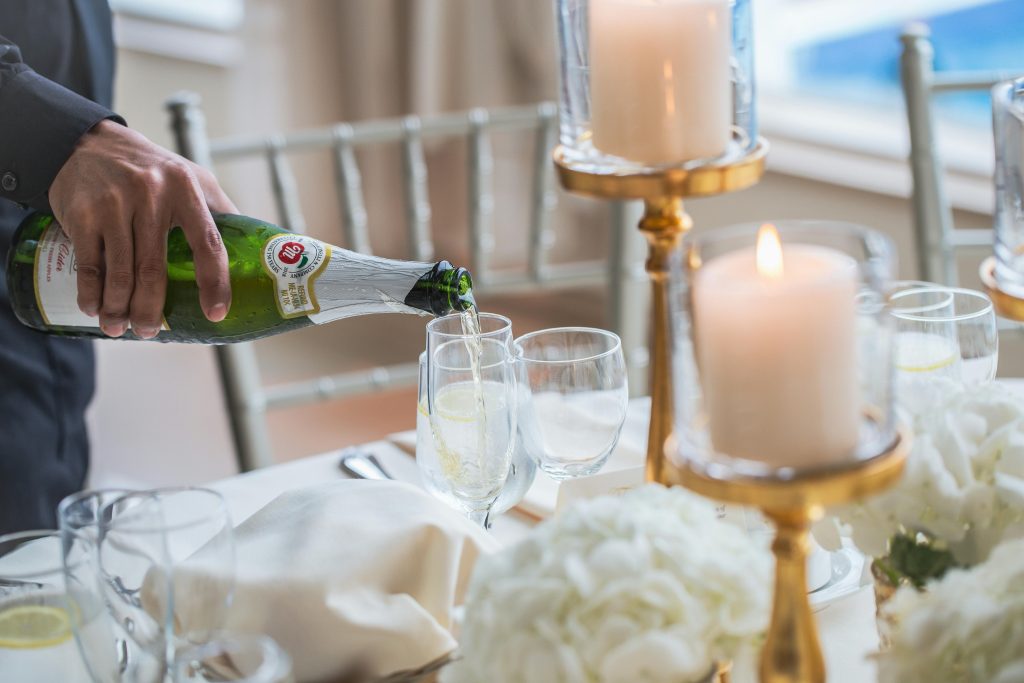
Conclusion: Why Vineyard Weddings Stand Out
Vineyard weddings offer a unique blend of natural beauty, romance, and elegance that few other venues can match. From the stunning backdrop of the vines to the wine-infused celebrations, every aspect of a vineyard wedding feels thoughtful and special. A vineyard wedding is a perfect way to celebrate your love story in a setting that’s both enchanting and unforgettable.
With built-in charm, incredible photo opportunities, and the chance to turn your wedding into a full-blown getaway, it’s no wonder more couples are choosing to say “I do” among the vines.
